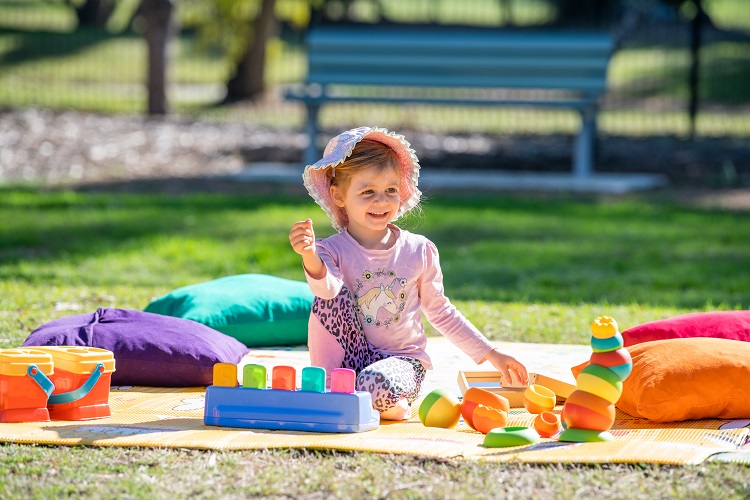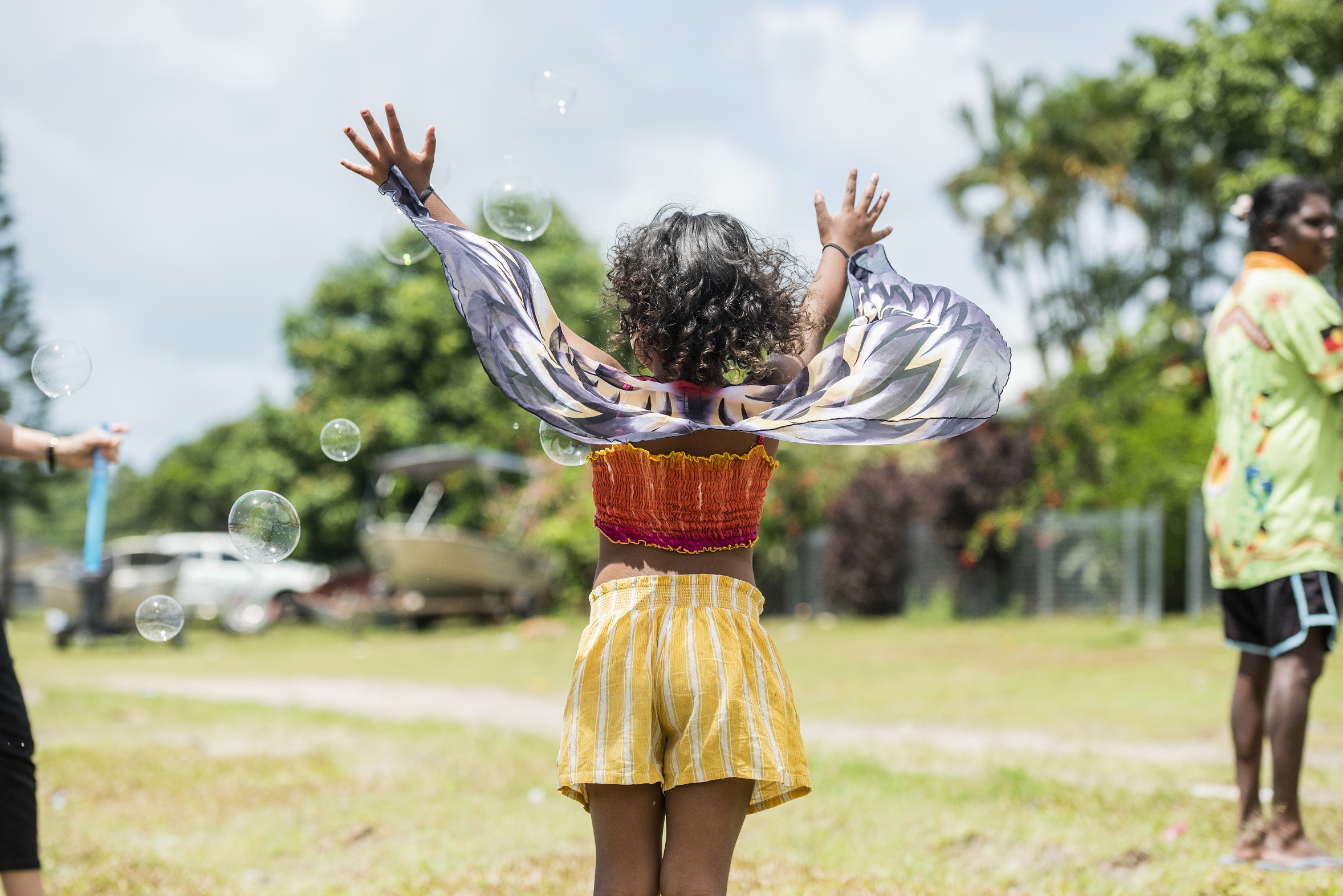Playing outside is the perfect way to keep children engaged and encourage exploration throughout this summer season. Whether it’s making sandcastles at the beach or in a sand pit, enjoying the local playground or going for a walk – fresh air and sunshine are good for all of us. The sun provides an essential dose of Vitamin D to help keep our muscles and bones healthy.
It also has the potential for harm with Ultraviolet (UV) radiation of level 3 or above creating a risk of skin cancer.
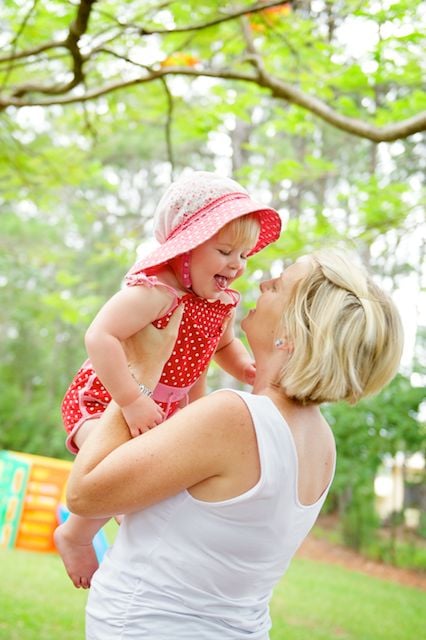
Why worry about UVs?
Once UVs reach 3 or higher, they can cause sunburn, skin damage, skin cancer and damage to our precious eyes. Unfortunately, UV damage has an accumulative effect. The amount of hours and minutes that children are exposed to high UV levels is associated with a greater risk of developing skin cancer as an adult.
UVs can’t be felt, unlike the sun’s heat, so UV damage may happen when it’s cloudy or cold, - not just on scorching summer days. So it’s important to check the current UV level before heading outside to know whether children need to cover up or not.
Also, some medicines and medications may increase the risk of sun sensitivity. So it’s best to check with a doctor or pharmacist if extra precaution is necessary when getting out in the sun.
Thankfully, protecting children from damaging UVs is simple when following the Cancer Council's five sun safety tips.
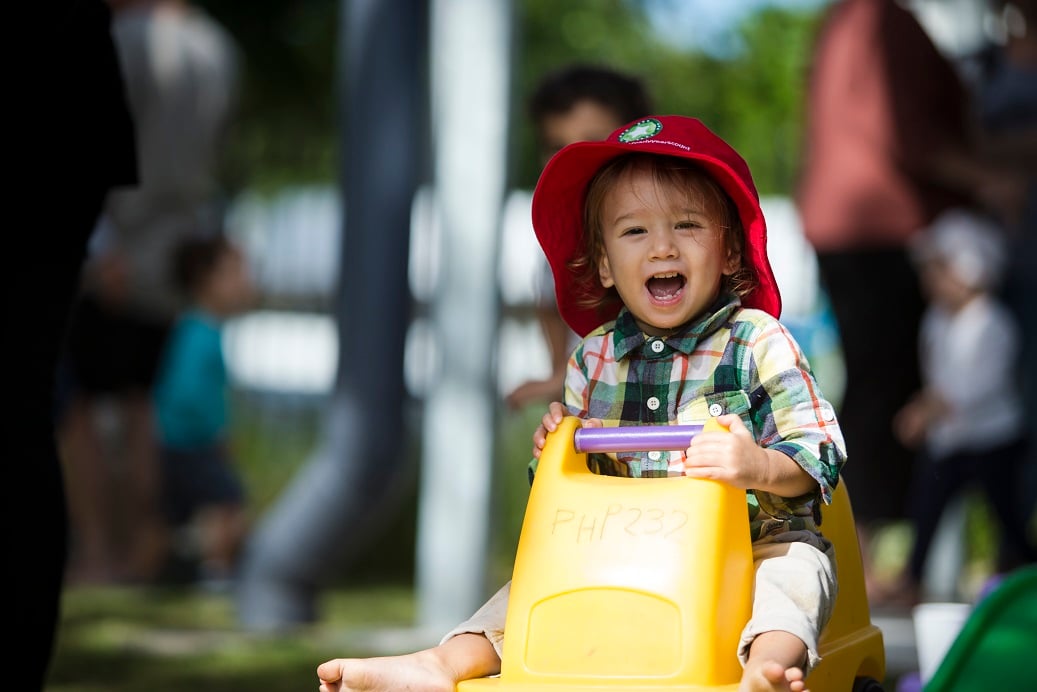
How to Slip, Slop, Slap, Slide and Seek
Launched in the 1980s, the Slip, Slop Slap campaign taught Australian children and parents how to look after their skin in the sun. In 2007, two additions were made, Slide and Seek, to create an effective and easy-to-remember plan for avoiding harmful UVs.
Slip – The first S is all about covering up - slip-on lightweight clothing that covers up as much skin as possible. Loose-fitting outfits made from breathable fabrics such as cotton or bamboo are ideal for keeping children cool.
Slop – Apply sunscreen with an SPF of 30 or higher 20 minutes before going outside to children’s faces, necks, arms, legs and any other areas that are uncovered. Get them to do a little wriggle and squat in case their top slides up or pants slide down and create gaps where sunscreen may be needed. Reapply every two hours and keep in mind that sunscreen does not provide complete protection from UVs. For babies under 6 months old, it’s recommended to avoid sunscreen where possible and use the other four methods instead.
Slap – Wide-brimmed hats that shade children’s faces, ears and necks should be slapped on before heading out the door.
Slide – Wearing wrap-around sunglasses with a category 2 or higher provides protection from UVs for children’s eyes. There are many brands around with durable sunglasses to help protect children while they’re in the sun. Some baby and toddler sunglasses even have comfortable, elastic straps to keep sunglasses in place too.
Seek – Find or create shade to play in such as under a gazebo, umbrella or tree. UVs are tricky and can cause sunburn even in shade, so combining this step with slapping on sunscreen and slipping on protective clothes is vital.
These simple steps are the best way to protect children’s delicate skin while exploring the outside world.
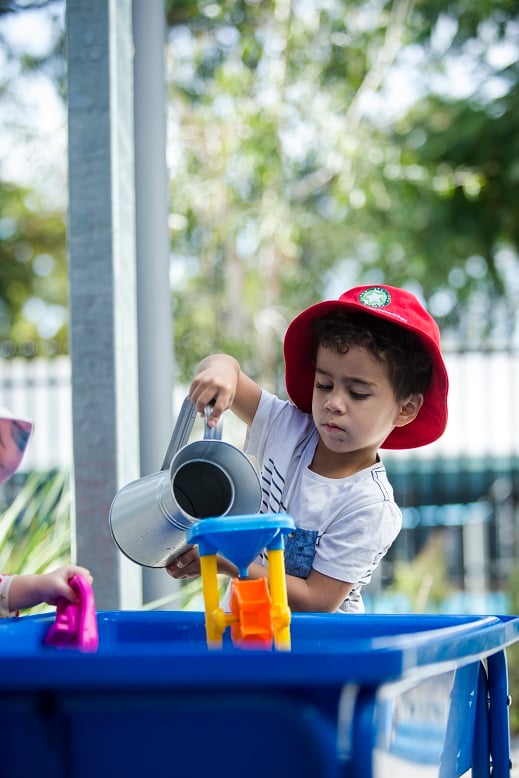
Helpful tools for sun safety
Thanks to technology, it’s easy to check the current UV levels with mobile and desktop software making staying up to date just a few taps away!
Download the free SunSmart app, the Bureau of Meteorology’s (BOM) app or visit the BOM website for a current update on the UV index. These handy apps also provide weather forecasts to help make planning for outdoor ventures even easier.

